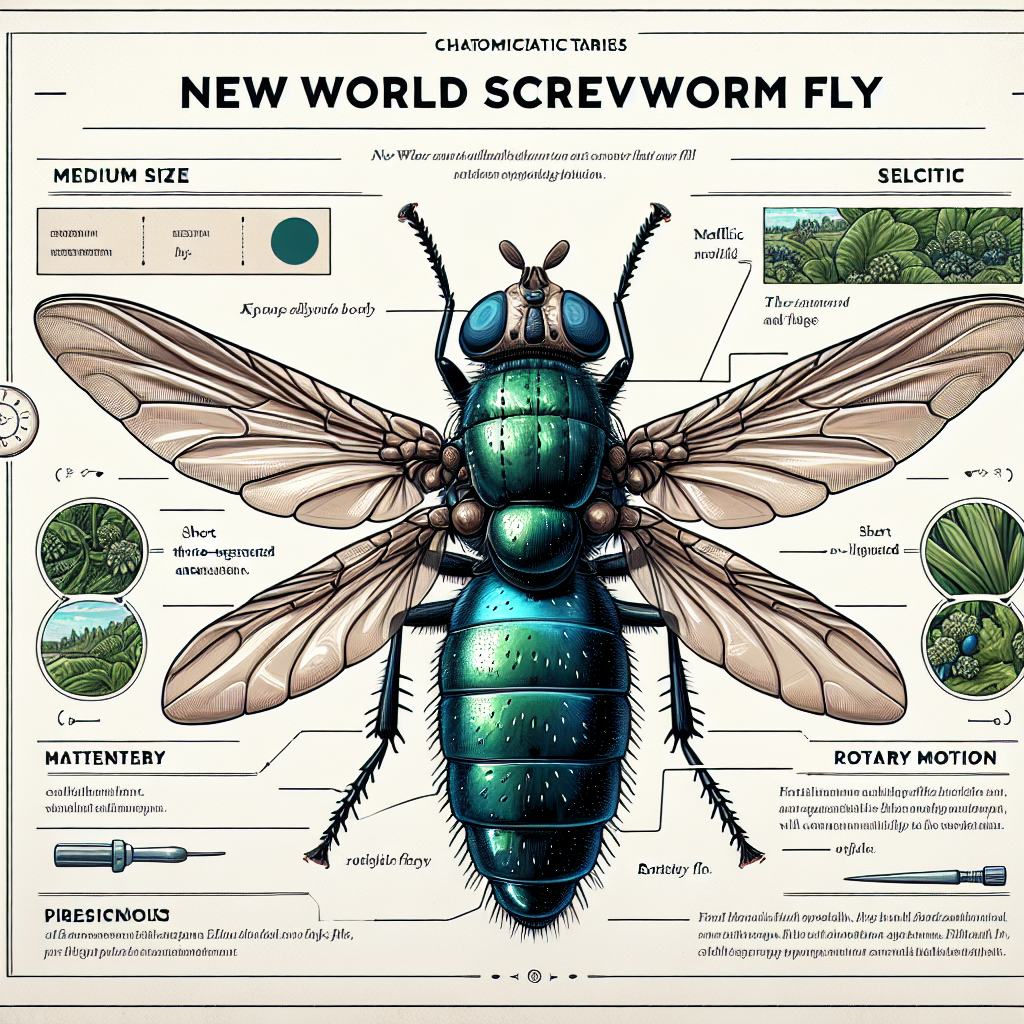Screwworm Alert: How a Silent Parasite Poses a Billion-Dollar Threat
A human case of screwworm in the U.S., reported this year, poses minimal risk to agriculture but highlights concerns about livestock safety and economic loss. The USDA is investing in control measures, including a sterile fly facility, to combat this parasite, which has shown alarming movement northward.

This week, U.S. health officials reported the year's first human screwworm case, a chilling reminder of the flesh-eating parasite lurking at national borders. The U.S. Department of Agriculture (USDA) assured the public of no immediate threat to the farm sector.
The case has triggered heightened awareness in the U.S. cattle industry, concerned about potential economic impacts, especially in Texas, the top cattle producer. The Texas economy stands to lose nearly $2 billion should an outbreak occur. Thankfully, the health case showed no signs of further spread, according to Maryland state health officials.
The USDA's response includes launching an aggressive surveillance program and investing $750 million in a Texas facility to control screwworm populations. While tensions rise due to ongoing U.S.-Mexico trade negotiations, government agencies emphasize coordinated efforts to prevent the parasite's northern migration.
(With inputs from agencies.)
ALSO READ
Texas Map Redistricting Sparks Legal Battle over Minority Vote Dilution
PM had said Cong leaders would steal your cattle; but BJP is indulging in ‘vote chori’, alleges Priyanka Gandhi Vadra in Bihar rally.
Interests of farmers, cattle rearers and small scale industries paramount; pressure on us may increase, but we will bear it: PM Modi.
AI’s growing role in tackling cattle diseases and boosting productivity
The Texas Redistricting Battle: A Political Tug-of-War










